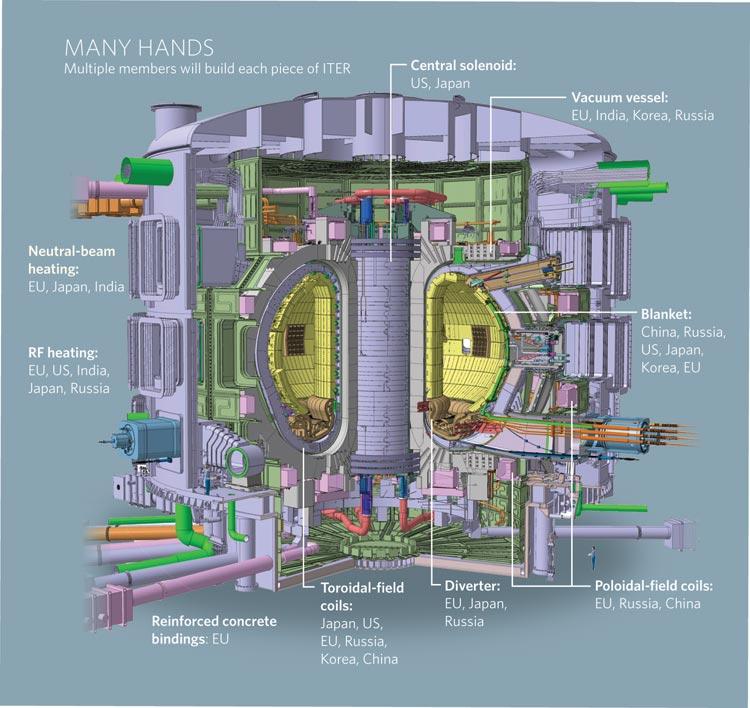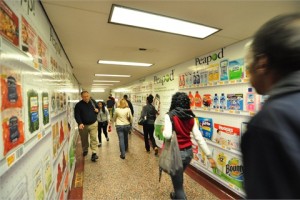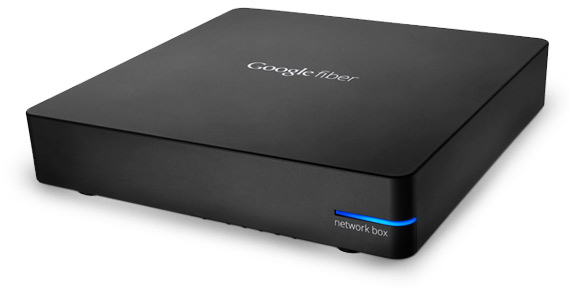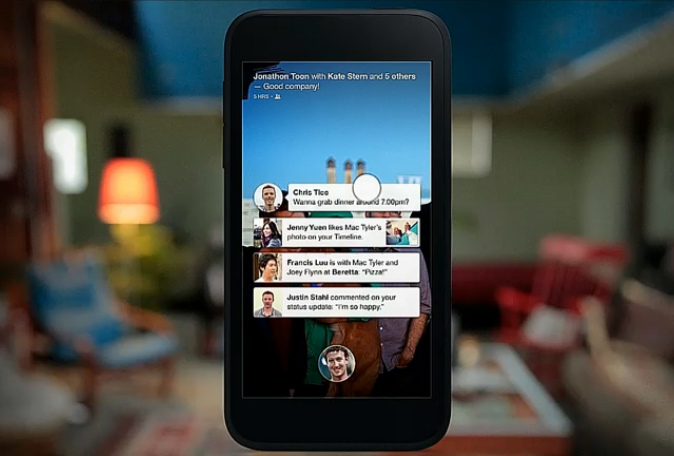
We have learned in our Management 301 class that every product is subject to a life cycle. In its early stage, called introduction, the product is designed, developed with attention to quality, short production and limited models. The next stage is growth, where forecasting is critical, the product goes through competitive improvements, and distribution is enhanced. Then the product goes through maturity, in which standardization takes place. Finally, the product declines, where there is a lower product cost, differentiation decreases and capacity is reduced.
There are several products in the market that we can see going through the life cycle, but I have found an interesting article that makes reference to good examples of products on growth stage. They are the OrigAudio products, such as cardboard speakers, headphones and golf-ball-size amplifiers. According to the article in the Chicago Tribune by Ronald White, these OrigAudio products started being developed by Chicago entrepreneurs Jason Lucash and Mike Azymczk. These two marketers got their products in the market and successfully accomplished to be listed as one of the best inventions in 2009 by Times Magazine, just after a short period of time of their introduction (White, Ronald).
During the introduction stage the process design and development were critical, as well as they had short production run. The article mentions that since they are marketers, they don’t know about engineering, so they have been looking for people that can complete their team by helping them to bring their innovating ideas to life. Now, in the growth stage the entrepreneurs have been working on enhancing distribution. One of their most important decisions was moving to California. According to the article, by moving closer to the Pacific, great benefits were acquired by OrigAudio such as; decrease on transportation costs of inputs from China. But mostly, because the region with core surf and skate crowd represents a good market for them, to increase sales. In order to accomplish their goals they have been and will continue hiring more employees. Also they are working in more innovating designs for their speakers, headphones and amplifiers (White, Ronald). Finally, they are forecasting to have $5 million on sales this year, a totally different amount than in 2010, when they had just $700,000 in revenue (White, Ronald). But it makes sense since they had $3.5 million revenue in 2012 .
Some other OrigAudio products in the market, mentioned in Ronald’s article, are:
- The Fold and Play speakers, which looks like a Chinese restaurant, take out box.
- The Rock-It, which according to the article, includes a piece of the size of a marshmallow peep candy.
It looks like these entrepreneurs from Chicago are doing a good job in the growing stage of their products, since they are working on the competitive improvements and options.
Do you think they will be able to stretch their products’ life cycle enough for OrigAudio to earn and keep a good place in the market?
What would be your recommendations for these entrepreneurs to maintain their business growing?
Source:
http://www.chicagotribune.com/business/breaking/la-fi-socal-design-20130510,0,5421129.story









